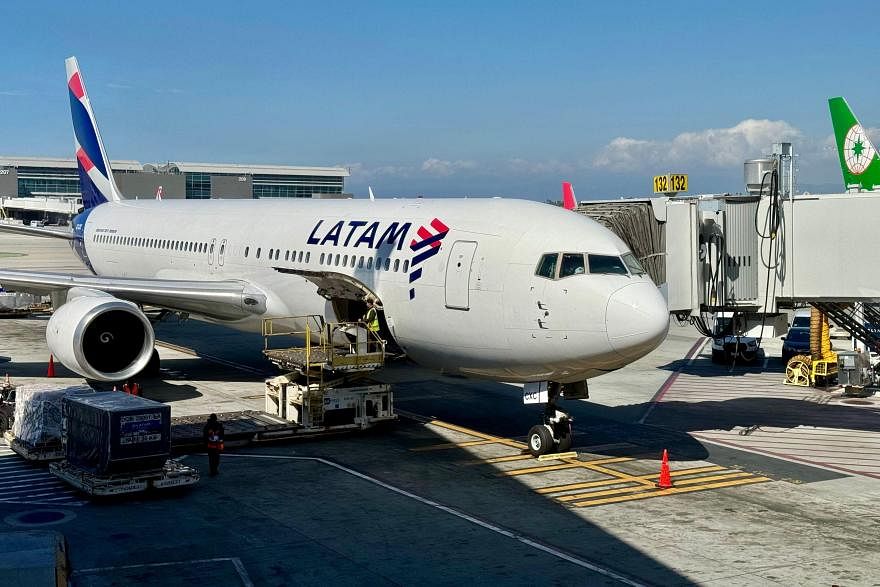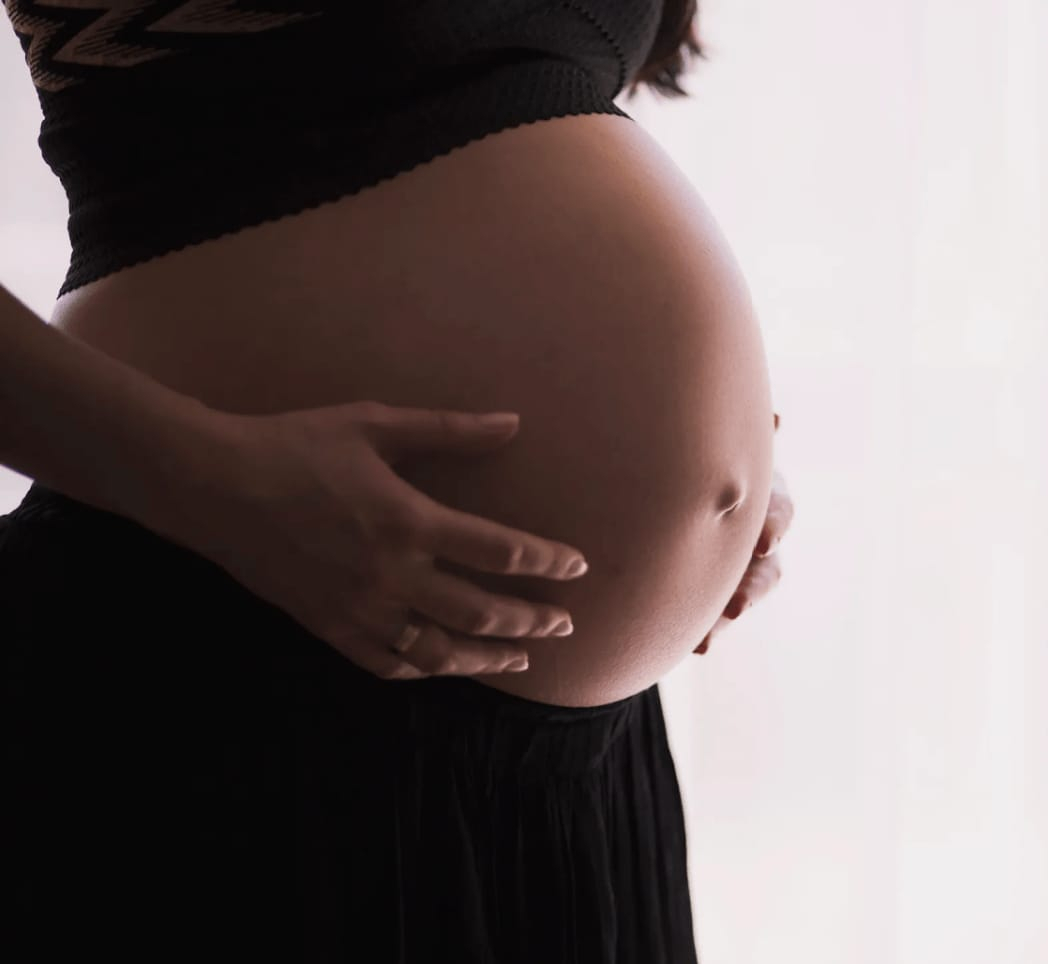AIRLINE watchdogs were on Tuesday investigating why a Boeing-made plane bound for New Zealand violently lost altitude mid-flight, injuring a host of terrified passengers.
Passengers aboard the Latam flight said the Boeing 787 Dreamliner plunged earthward while flying from Sydney to Auckland on Monday evening, slinging unrestrained travellers out of their seats and smashing them into the roof of the cabin.
The Chilean airline said on Tuesday it was working with authorities to unravel the unspecified “technical event”, the latest in a string of safety incidents to plague US airplane manufacturer Boeing.
“It was just a split second,” said Auckland-based chef Lucas Ellwood, who was on board flight LA800.
“The crashing of people into the roof caused the tiling to be dislodged,” he told AFP on Tuesday.
“The guy behind me was in the toilet when it happened, the poor guy. He told me he went through the roof,” he added.
Emergency crews were notified shortly before the flight landed and a phalanx of more than a dozen ambulances and other medical vehicles rushed to the scene.
Paramedics said they treated about 50 patients after the flight touched down at Auckland Airport, with health officials telling AFP four people remained in hospital as of Tuesday morning.
LATAM said there were 263 passengers and nine cabin crew on board when the plane “experienced a strong movement”.
“Only one passenger and one crew member have injuries that require additional care but are not life-threatening,” LATAM said in a statement.
The flight arrived on time, the airline added.
New Zealand air safety investigators will lead the probe into the incident with the help of Chilean officials, the Chilean General Directorate of Civil Aeronautics said in a statement.
Air accident safety investigator Joe Hattley told AFP that technical problems were rare in modern aircraft.
“That flight record will be key to understanding this event. It will tell investigators if it was an atmospheric event or a technical problem with the aircraft,” said Hattley, who also teaches at the University of New South Wales in Australia.
“Aviation is a safe method of transport. But these kinds of events highlight the absolute need for passengers to keep their seatbelts fastened.”
Data from airline tracker FlightAware showed the plane lost altitude about two hours into the three-hour flight.
Brian Jokat, who was on board, said he saw a passenger strike the roof of the plane before falling back down and hitting his ribs on an armrest.
“He was on the roof of the plane on his back, looking down on me. It was like The Exorcist,” Jokat told national broadcaster Radio New Zealand.
Jokat said that after the plane landed, the pilot came to the back of the cabin.
“I asked him ‘what happened?’ and he said to me ‘I lost my instrumentation briefly and then it just came back all of a sudden’,” Jokat said.
Safety issues
US manufacturer Boeing has suffered a series of safety issues in recent years, including the fatal Lion Air and Ethiopian Airlines crashes of 737 MAX planes in 2018 and 2019 that killed more than 350 people.
“We are working to gather more information about the flight and will provide any support needed by our customer,” Boeing said in a statement sent to AFP.
Boeing is still reeling from a near-catastrophic incident in January when a fuselage panel on a Boeing 737 MAX 9 Alaska Airlines jet blew off mid-flight in the United States.
US regulators earlier this month gave Boeing 90 days to come up with a plan addressing quality control issues, with the Federal Aviation Administration chief saying the company must “commit to real and profound improvements”.
Last week, a Boeing 777 jetliner bound for Japan had to make an emergency landing shortly after takeoff from San Francisco when a wheel fell off and plunged into an airport parking lot, damaging several cars.
LATAM said passengers destined for Santiago would now leave New Zealand on Tuesday evening. AFP







